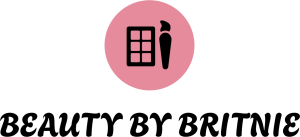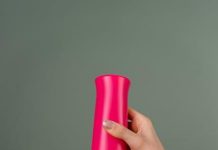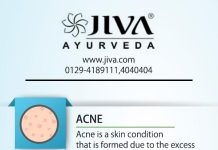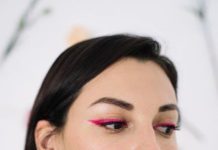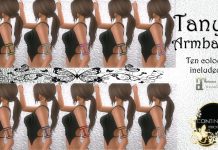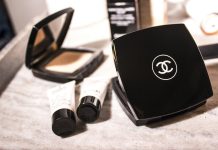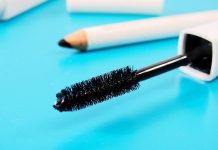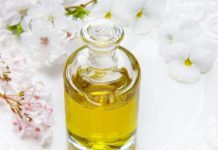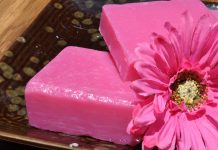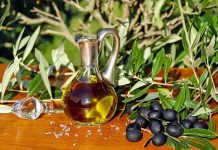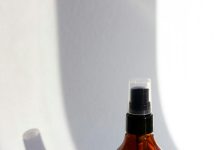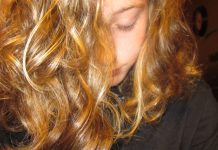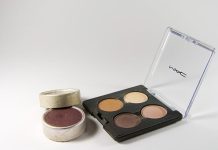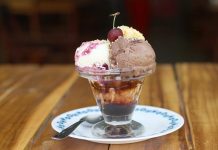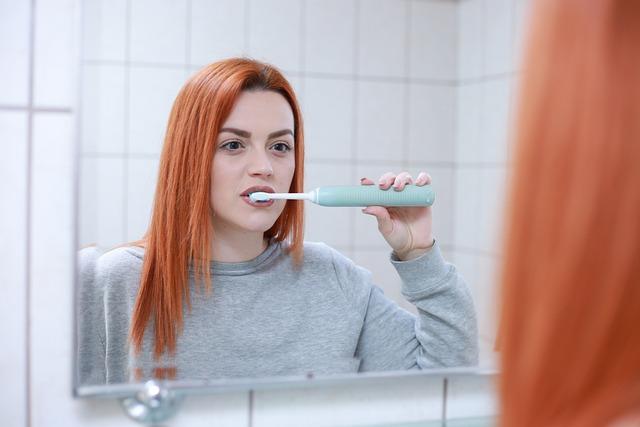In the realm of timeless beauty rituals, few practices have sparked as much curiosity and debate as the age-old adage of brushing one’s hair 100 times a day. Passed down through generations, this intriguing routine promises a cascade of benefits, from enhanced shine to invigorated scalp health. But in an age where haircare is as scientific as it is stylistic, one can’t help but wonder: does this ritual hold any real merit, or is it simply a nostalgic nod to the past? Join us as we unravel the strands of truth behind this captivating practice, exploring both its historical roots and its relevance in today’s haircare landscape.
The Myth and History of the 100 Brush Stroke Routine
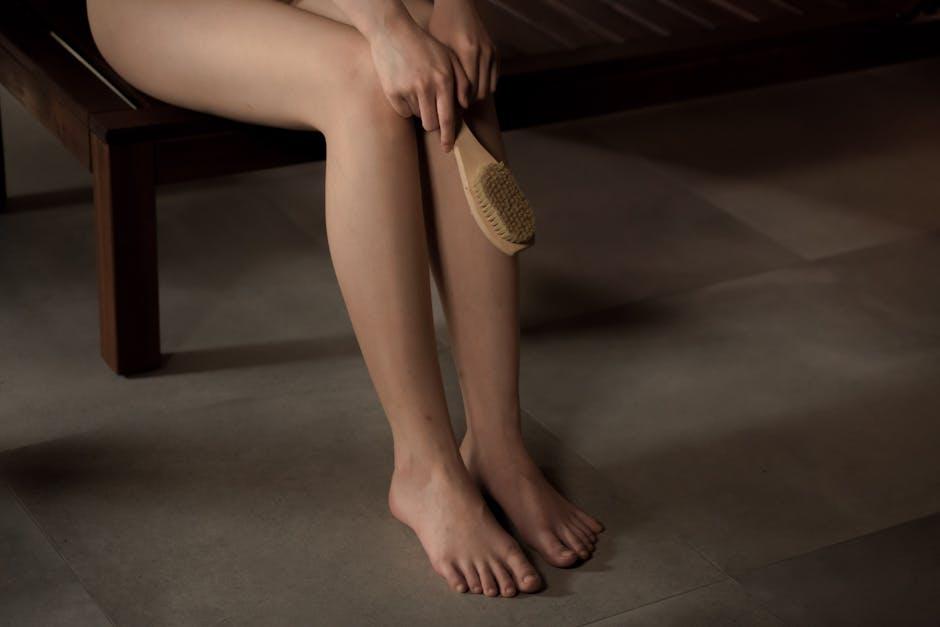
The idea of brushing your hair 100 times a day has roots in both myth and history, often linked to the belief in promoting lustrous, healthy locks. This notion can be traced back to times when hair was considered a symbol of beauty and status, with women dedicating time to hair care rituals as part of their daily routines. It was thought that consistent, thorough brushing could enhance shine by distributing natural oils from the scalp to the ends of the hair.
While the romanticized image of a woman brushing her hair by candlelight might capture our imagination, the science behind this practice is less definitive. Some historical accounts suggest that this routine was more about meditative self-care rather than proven benefits. Despite its legendary status, modern hair experts often advise against excessive brushing, which can lead to breakage and scalp irritation. Instead, they recommend focusing on gentle techniques and using quality brushes. Key takeaways from the 100 brush stroke routine include:
- Scalp Stimulation: Gentle brushing can help stimulate blood flow.
- Oil Distribution: Helps in spreading natural oils for added shine.
- Relaxation: Can serve as a calming, meditative practice.
Scientific Insights into Hair Health and Maintenance
Brushing your hair, once considered a ritual of beauty, is often touted as a method for achieving luscious locks. However, the idea of brushing it 100 times a day might be more myth than magic. Scientific research suggests that excessive brushing can lead to potential damage rather than enhancing hair health. Here’s why:
- Scalp Stimulation: While gentle brushing can increase blood circulation to the scalp, promoting healthier hair growth, over-brushing may irritate the scalp, leading to inflammation.
- Natural Oil Distribution: Brushing helps distribute the scalp’s natural oils, which can enhance shine. However, doing it excessively might strip these oils, causing dryness and breakage.
- Hair Structure: Each strand of hair is delicate. Over-brushing can weaken the hair cuticle, making it prone to split ends and breakage.
Ultimately, moderation is key. Opt for a brush with soft, natural bristles and focus on gentle strokes to maintain hair vitality without overdoing it.
Potential Risks and Benefits of Excessive Brushing
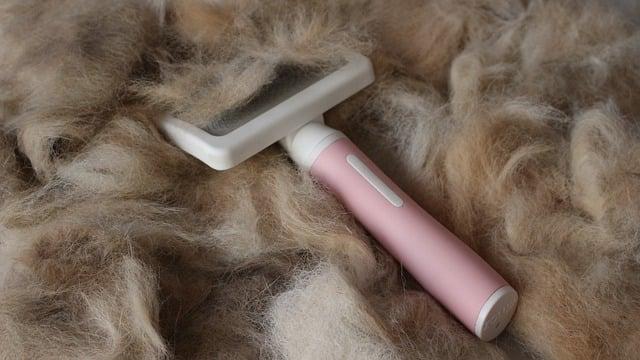
Engaging in the ritual of brushing your hair 100 times a day might sound like a throwback to an old beauty myth, but it comes with its own set of potential risks and benefits. While this practice can promote scalp stimulation and increased blood circulation, which might encourage hair growth and distribute natural oils for a glossy sheen, it’s essential to approach with caution.
- Benefits:
- Enhanced shine due to even distribution of oils.
- Scalp health improvement through gentle massage.
- Potential for reduced tangling and smoother hair.
- Risks:
- Hair breakage from excessive mechanical stress.
- Potential for scalp irritation if done too vigorously.
- Loss of natural hair structure due to over-manipulation.
Ultimately, while there are some benefits, moderation and technique are key to avoiding damage. It’s vital to use the right brush and a gentle touch to make the most of this practice.
Expert Recommendations for Optimal Hair Care Practices
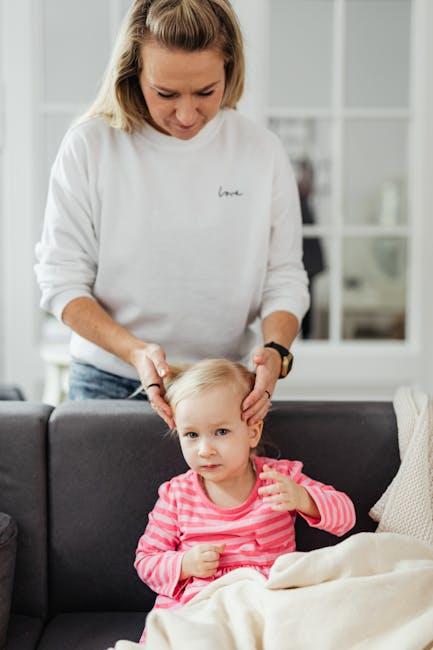
While the idea of brushing your hair 100 times a day might conjure images of timeless beauty routines, experts suggest a more balanced approach. Over-brushing can lead to hair breakage and scalp irritation. Instead, consider these expert tips for maintaining healthy locks:
- Choose the Right Brush: Opt for a brush with natural bristles to reduce static and distribute natural oils evenly.
- Brush Gently: Start from the ends and work your way up to prevent unnecessary pulling and damage.
- Brush When Necessary: Focus on detangling and smoothing rather than adhering to a strict count.
- Consider Your Hair Type: Tailor your brushing routine to suit your hair’s unique texture and needs.
By following these guidelines, you can keep your hair looking vibrant without the need for excessive brushing.
